Introduction
If you have a dog, fleas can be a common, bothersome issue. One thing you can do to fight these pests is to regularly use a product that treats and prevents fleas. To effectively break the flea life cycle, it’s important to not just tackle adult fleas but also eradicate flea larvae.
Fortunately, there are many products available on the market designed to treat and prevent fleas from affecting your furry friend. The type of flea product you choose will depend on a variety of factors, such as your pet's size, age, health, and lifestyle. It is recommended that you consult with your veterinarian for the most suitable treatment options for your dog.
In this article, we will provide a brief overview of some of the types of treatments that you can use to treat fleas on your dog.
Options for Your Dog
Use a Topical (or Spot-On) Treatment
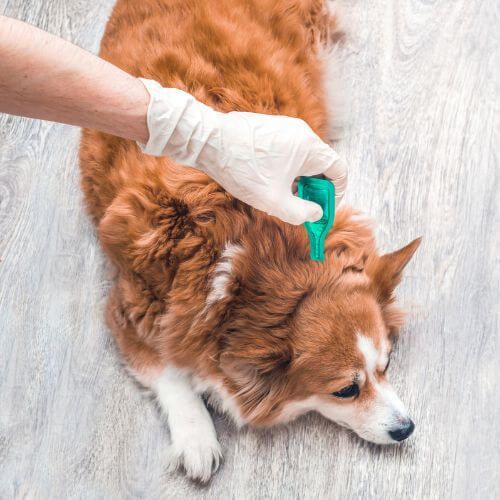
Topical treatments for flea infestations are applied directly to your pet's skin, typically to the back of their neck to prevent ingestion. The medication will be absorbed and spread throughout the body, effectively killing fleas.
Both over-the-counter and prescription-based topical treatments are widely used for flea treatment. It's worth noting that these treatments have the benefit of quick action and a lasting effect, which can vary from product to product. Topical medications typically have a duration of one month. Additionally, certain topical medications function as both flea and tick repellents, in addition to killing these pests.
Use an Oral Treatment
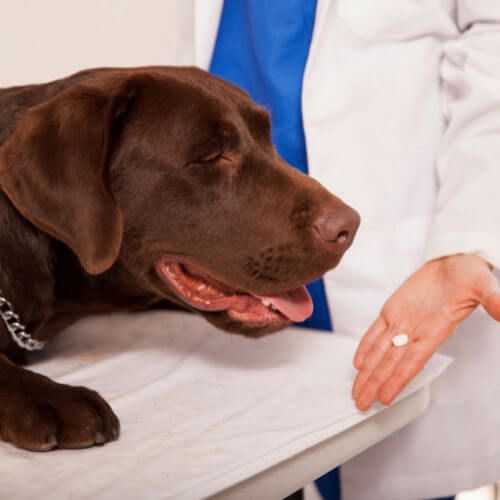
Flea-control treatments also come in the form of orally administered medications such as pills or chewable food. These products help suppress flea populations by killing fleas and ticks or by preventing flea eggs from hatching.
The active ingredients in these products vary. There are products available that can kill fleas and ticks after they bite your dog. These products work by targeting the nervous system of the parasites. Others contain an insect-growth regulator (IGR) that targets larvae and eggs. Dog parents should consult their veterinarian on the most effective option for their furry friend.
Use a Flea Collar

Flea collars typically contain insect growth regulators (IGR) and insecticides. The collar releases the IGR, which then distributes itself throughout the pet’s coat, affecting eggs and female adult fleas. While some question the efficacy of collars, they are generally considered a safe and simple method of flea prevention.
Use a Flea Shampoo

Flea shampoos contain ingredients that help to repel or kill fleas. The effectiveness of flea shampoos varies depending on the brand and their active ingredient.
Shampoos are best used in conjunction with other flea control methods. They can also help relieve the itching and discomfort that fleas cause, as well as any other skin conditions that may irritate your dog.
To kill fleas on your pet, you can also give them a flea bath. Use dishwashing soap or any dog shampoo with warm, soapy water. However, if fleas are present in the house, they can just get back onto the dog.
Use a Flea Comb
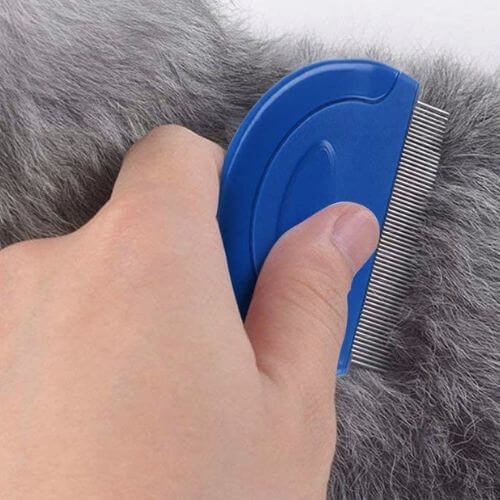
Special metal flea combs are available that help effectively remove adult fleas from the coat of pets. Removing fleas can provide comfort to the animal and reduce flea breeding. Using a flea comb is a chemical-free and natural method to get rid of fleas from your pet's fur and keep track of the number of fleas present.
Combing pets at regular intervals is a good way to monitor the flea population and help you decide when other control measures might be necessary. Many pet owners prefer to use this method in addition to other forms of flea treatment, to get rid of fleas, eggs, and larvae from their dog's coat.
Other Forms of Treatment
There are other forms of treatment such as dips, sprays, or powders. Because dips contain potent chemicals, they are not frequently utilized today. Sprays and powders are a form of topical application, however, they are not considered a very effective method of treatment.
Options for the Home
If a flea infestation occurs in your pet, your home may also require treatment. Fleas can live on surfaces and in carpets which can cause reoccurring infestations in your pets. There are several options to get rid of fleas in your home.
Sprays
Sprays often contain ingredients that kill adult fleas, and many also have insect growth regulators which help stop the growth of eggs, larvae, and pupae.
Flea Bombs
Flea bombs or insect foggers can be purchased from your vet or in-store, and contain an insect-killing ingredient. These are very effective at removing any fleas, eggs or larvae that may be living in your home. However, they contain strong pesticides and should only be used for severe infestations. You will need to evacuate your home for at least several hours during the process, and any food or cooking surfaces will need to be covered to avoid contamination.
Conclusion
To ensure proper flea control for your pet, it's crucial to consult your veterinarian. They are the most reliable source for information on preventing flea, tick, and heartworm issues in your pet.
They will be able to advise you on the best treatment options for your dog, whether singly, or in combination. Be wary of combining treatments without their advice.
Treat pets for fleas year-round in order to kill adult fleas and prevent new ones from hatching, and
always follow product instructions.
Remember, prevention is key when it comes to flea control. By getting the right flea treatment for your furry friend, you can keep those pesky parasites at bay.
You may also like:
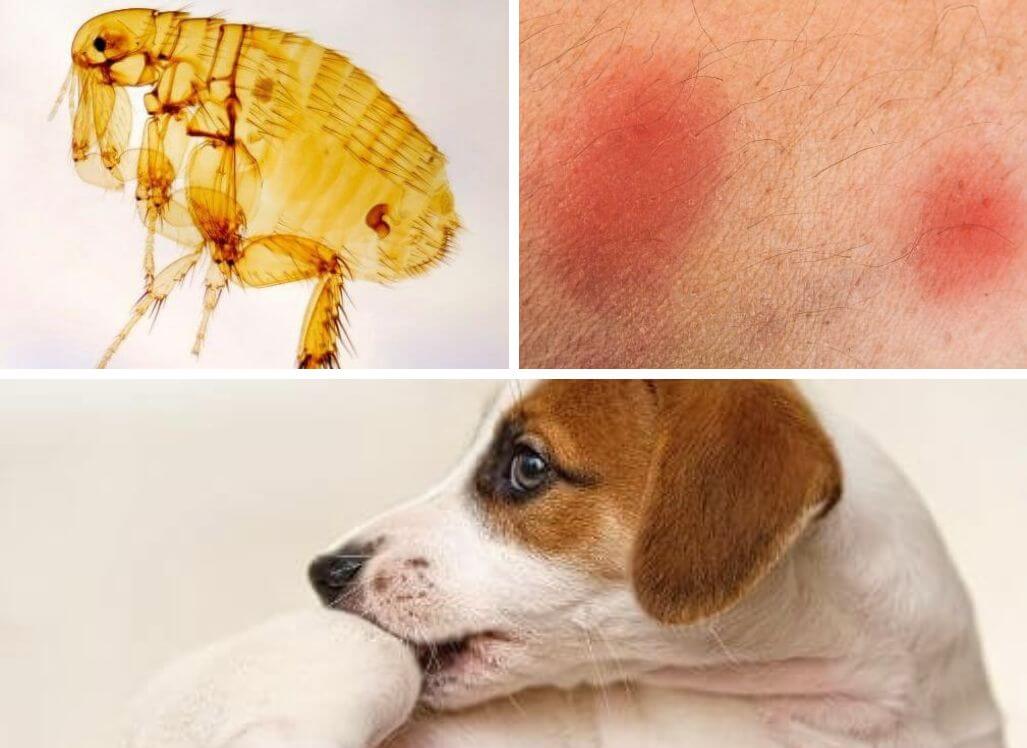
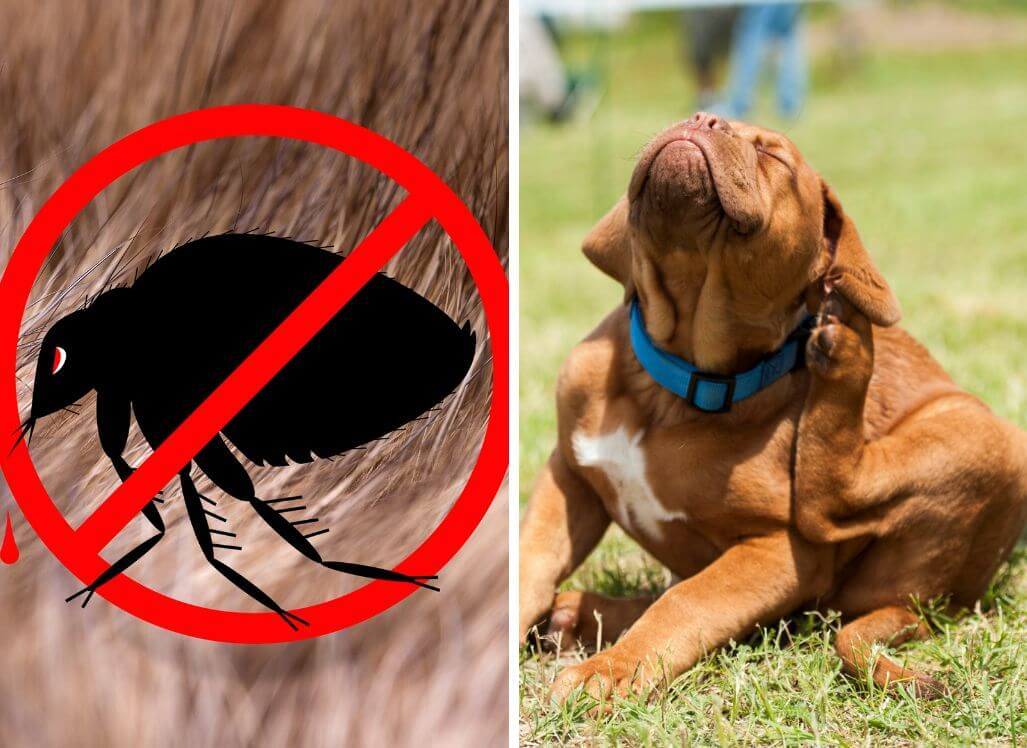
Click on this link to learn how to apply topical medication to your dog.










